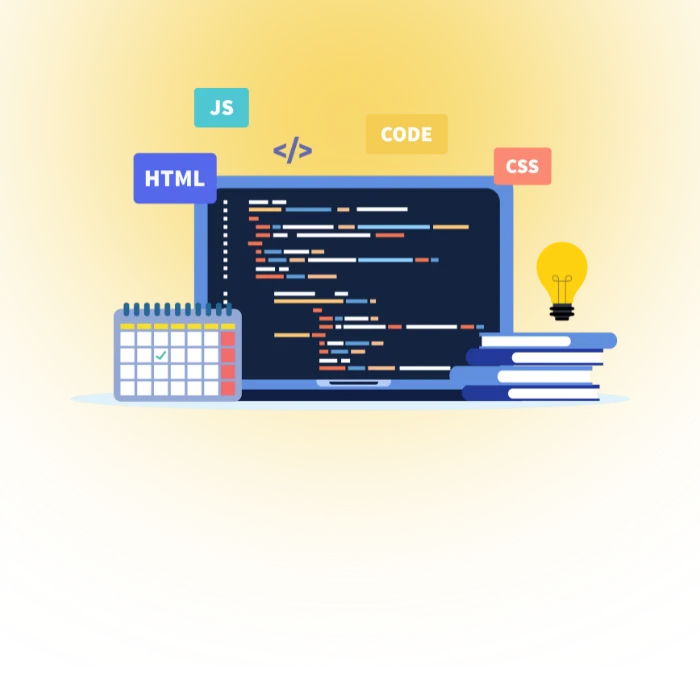What Is Proof Of Concept In Software (POC) Development
POC means building the smallest thing that proves a risky idea can work. Teams use it to answer one hard question before schedules expand. Effort stays focused on the unknown, not on polish. Decisions get cleaner since the demo targets one success signal that investors, founders, and engineers can evaluate together.
Understanding the main purpose of POC
Purpose centers on reducing uncertainty. A strong POC selects a single assumption—technical, legal, or user-fit—and designs a simple test around it. Scope must remain small so the team can learn quickly without sunk cost pressure. Success criteria get written in a single page and agreed by everyone who signs budget.
POC versus MVP and prototype
Prototype explores look and feel, often with no backend logic. MVP ships to users with minimal features to learn from real use. POC sits between, proving feasibility of the riskiest part so MVP does not stumble. Clear labels reduce debate later, because each stage answers a different question with a different artifact.
Why Proof Of Concept Matters For Software Projects
POC protects budget by finding blockers early. Teams avoid building scaffolding around a weak core. Leadership gains visibility into what must be solved first. Vendors can be compared with real data instead of slides. Time saved shows up as fewer pivots during the next milestone and more trust across the room.
How POC reduces risk and cost
Risk falls when the hardest part gets tested in isolation. Dependencies stay light; procurement waits until the critical path is clear. Cost stays narrow because design and infrastructure remain minimal. A small demo that answers a scary question returns more value than broad mockups that hide the real risk under gloss.
Saving resources and validating feasibility
Resources stretch farther when one test informs the whole plan. Engineers build a slice once and reuse learnings in the MVP. Product managers use POC outcomes to trim scope. Investors feel safer funding the next step since the riskiest unknown now has evidence. That sequence lowers rework during the first production sprint.
When Should You Use Proof Of Concept In App Development
POC fits when an idea touches new tech, strict privacy, niche hardware, or edge connectivity. Mobile teams use POC for camera capture, offline sync, complex gestures, or device-level encryption. Web teams use it for real-time collab, heavy rendering, or tricky SEO flows. If a bet worries you, design the smallest test first.
Signals you need a POC
How Do You Create A Successful POC For Software Solutions
Success grows from a shared plan. Write one page that states the risky assumption, the test, the device or browser list, the time box, and the decision rule. Keep the audience small and present the demo often. Capture metrics that tie to one user outcome so non-technical folks can judge progress in plain terms.
Step by step process for effective POC
- Define the riskiest assumption in one sentence.
- Pick the minimal test that isolates that risk.
- Choose target devices, browsers, or environments.
- Set a time box and a single success threshold.
- Build the slice; log setup steps for replay.
- Demo with real or synthetic data that mirrors reality.
- Decide: go, revise, or stop; record reasons.
Best practices for mobile app proof of concept
Mobile POCs feel stronger when hardware is real. Test on one low-tier Android and one mid-tier iPhone to see heat, memory, and camera quirks. Keep network conditions honest with throttling. Store nothing sensitive unless required. If a library helps, pin versions to repeat results. Document gestures, permissions, and edge behaviors that matter.
Key Benefits Of For Startups And Enterprises
Founders get clarity before fundraising. Enterprises get alignment across security, compliance, and delivery. Engineers escape vague roadmaps and work against a crisp target. Every group can see the same demo and decide the next step with fewer meetings. That speed compounds during the quarter and reduces late churn.
Accelerating stakeholder buy in for new ideas
Stakeholders trust eyes more than slides. A demo running on a phone or browser closes distance between proposal and reality. Concerns surface sooner, so fixes happen while scope is still small. A clean POC becomes a teaching tool across teams, making later handoffs smoother and onboarding faster when the MVP kicks off.
Identifying challenges before full development
Challenges hide in integration, permissions, and performance. POC exposes them when stakes are lower. Teams can swap vendors, redesign flows, or adjust goals without suite-wide rewrites. Quality rises since future tests will target known hazards. Finance sees reduced variance across the delivery timeline, which helps commitments land on predictable dates.
What Are The Common Challenges With POC In Web & App Development
Trouble begins when scope grows and demo becomes product too early. Teams hide failures instead of learning. Decision rules stay fuzzy, so projects drift. Fixes start by shrinking goals back to the risk we meant to test. Clear notes and frequent check-ins keep ideas honest and protect budgets from quiet bloat.
Key challenges
Strategies for Overcoming Challenges
Development Cost of Proof Of Concept (POC)
POC cost depends on the risk type, the devices needed, and the time box. Focused POC often runs in a short sprint with two or three builders. Tooling costs stay light if cloud credits or trial tiers cover storage and compute. Spend grows when specialized hardware or audits enter the plan.
Simple Cost Model
| Item | Typical range |
|---|---|
| Builder time | 1–2 weeks |
| Team Selection | 1 Developer and 1 Designer |
| Cost | $1000 To $2000 |
| Technologies | Flutter Or React Native For App Development |
POC Development Checklist
- Write one sentence that states the riskiest assumption.
- Select a minimal test that isolates that risk.
- Pick target devices, browsers, and environments.
- Set one success threshold and a time box.
- Build the slice; script the environment for repeat runs.
- Demo using realistic data and record findings.
- Decide go / revise / stop. create one-page report for the same.
Key Takeaways From Article
POC proves the riskiest part first and turns debate into evidence. Keep scope tiny, decide rules early, test on real targets, and show the same demo to everyone. That rhythm converts uncertainty into a plan you can fund, deliver, and grow without late drama during launch windows.
Proof Of Concept Development FAQ
What is the main goal of a Proof Of Concept?
Main goal of a Proof Of Concept is to validate the feasibility of idea, technology, customer experience, or solution before committing significant resources to full-scale development or implementation.
How does POC differ from MVP and Prototype?
POC, prototype, and MVP serve different purposes and appear at distinct stages in the product development process. Each helps validate an idea, but their focus, audience and output differ significantly.
Which metrics should a POC track?
The most relevant metrics to track while implementing POC are Technical Performance, User Feedback, Goal Achievement, Cost Analysis, Timeline Adherence, Risk Indicators and ROI Projection.
How long should a software POC take?
Proof Of Concept (POC) development should take from 2 to 8 weeks to complete, depending on the complexity, scope and technologies involved.
What happens if the POC fails?
If POC (Proof of Concept) fails, it signals that the solution or idea is not currently viable from a technical, business, or integration perspective.






